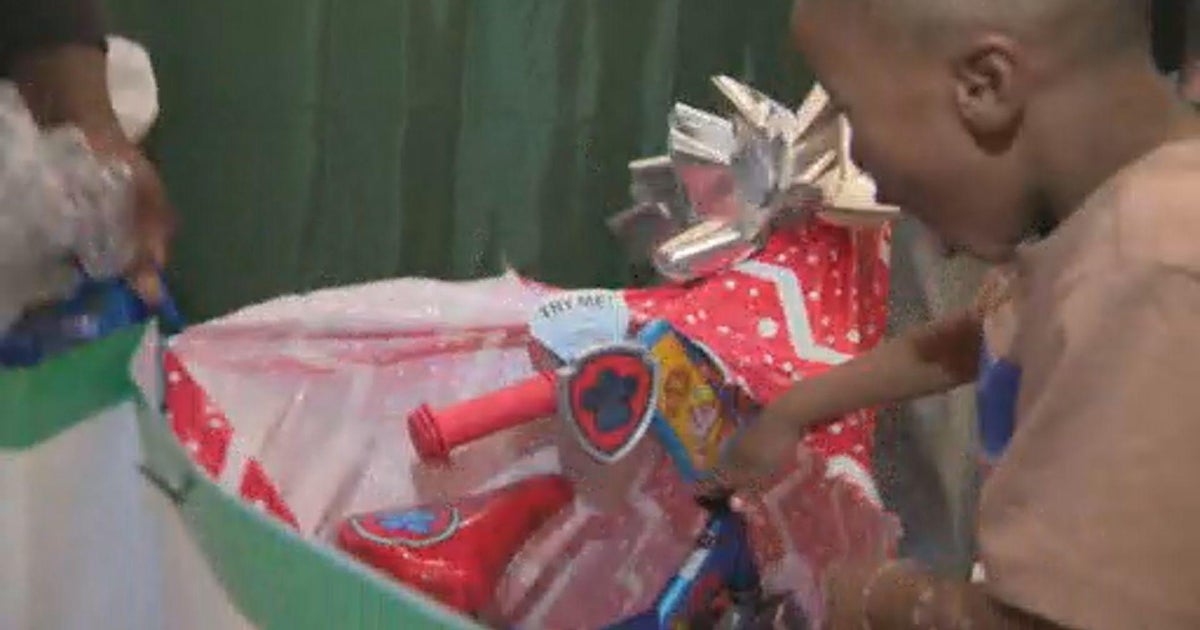Zach McAllister Gives Indians Innings Eater In Rotation
By David Heck, Special to CBS Local Sports
CBS Local Sports will be profiling one young player from each Major League Baseball team every day for the next 30 days as part of our “30 Players 30 Days” spring training feature.
Zach McAllister, Starting Pitcher, Cleveland Indians
2012 season: 22 GS, 125.1 IP, 4.24 ERA, 1.36 WHIP, 110 K, 38 BB
The Indians have had an offseason to remember. After posting a 68-94 record that ranked second-to-last in the American League, Cleveland signed recognizable names such as Michael Bourn, Nick Swisher, Mark Reynolds, Brett Myers and Daisuke Matsuzaka this winter. The team also traded one of its best players, Shin-Soo Choo, to get outfielder Drew Stubbs and elite pitching prospect Trevor Bauer, among others. And that’s not to mention the fact that the Tribe brought in Terry Francona to be their new manager.
With so many shiny new toys set to take hold of Progressive Field, it’s unlikely that many people are thinking about the potential that No. 4 starter Zach McAllister brings to the table.
McAllister throws a four-seam fastball, a two-seamer that some have called a sinker, a cutter, a slider and a changeup. His fastball velocity is pretty good, averaging 92.1 mph last year, which helped McAllister strike out 20.3% of the batters he faced last year. That mark was equal to that of Phil Hughes and just a touch below pitchers like Anibal Sanchez and Josh Johnson – pretty impressive for a guy who was labeled a pitch-to-contact player after he failed to strike out even 15% of batters faced in his first two seasons at Triple-A.
McAllister, once in the Yankees’ system, saw his prospect status come to a crash after putting together a 5.29 ERA in Triple-A in 2010. He was traded to the Indians for Austin Kearns in the middle of that season, which tells you just about how valuable (or invaluable) he was. The Illinois native bounced back after that, however, only struggling during his brief Major League stint in 2011 (6.11 ERA in 17.2 innings).
It’s hard to project McAllister to improve significantly on his own – he’s probably not going to strike out more batters or walk many fewer batters than he did last year – but there are other factors that may make his numbers look better this year. For one, the Indians’ revamped outfield is excellent defensively. McAllister allowed the ball to be put into the air about 60% of the time last year, which means Bourn, Stubbs and Michael Brantley will all get plenty of work when he’s on the mound. McAllister also stranded about 65% of runners last year, even though league average is around 75%, so he should expect some improvement in that area.
McAllister probably isn’t going to be an All-Star, but he doesn’t need to be. There’s value in eating innings, which fellow Indians starter Justin Masterson has demonstrated through his career. McAllister has increased his innings pitched in each of the last three seasons, climbing from 149.2 to 172.1 to 188.2 last year. He should break 200 if he stays healthy this year, which will be a boon to the back end of the Tribe’s rotation.
Next up on March 11: Los Angeles Angels of Anaheim



